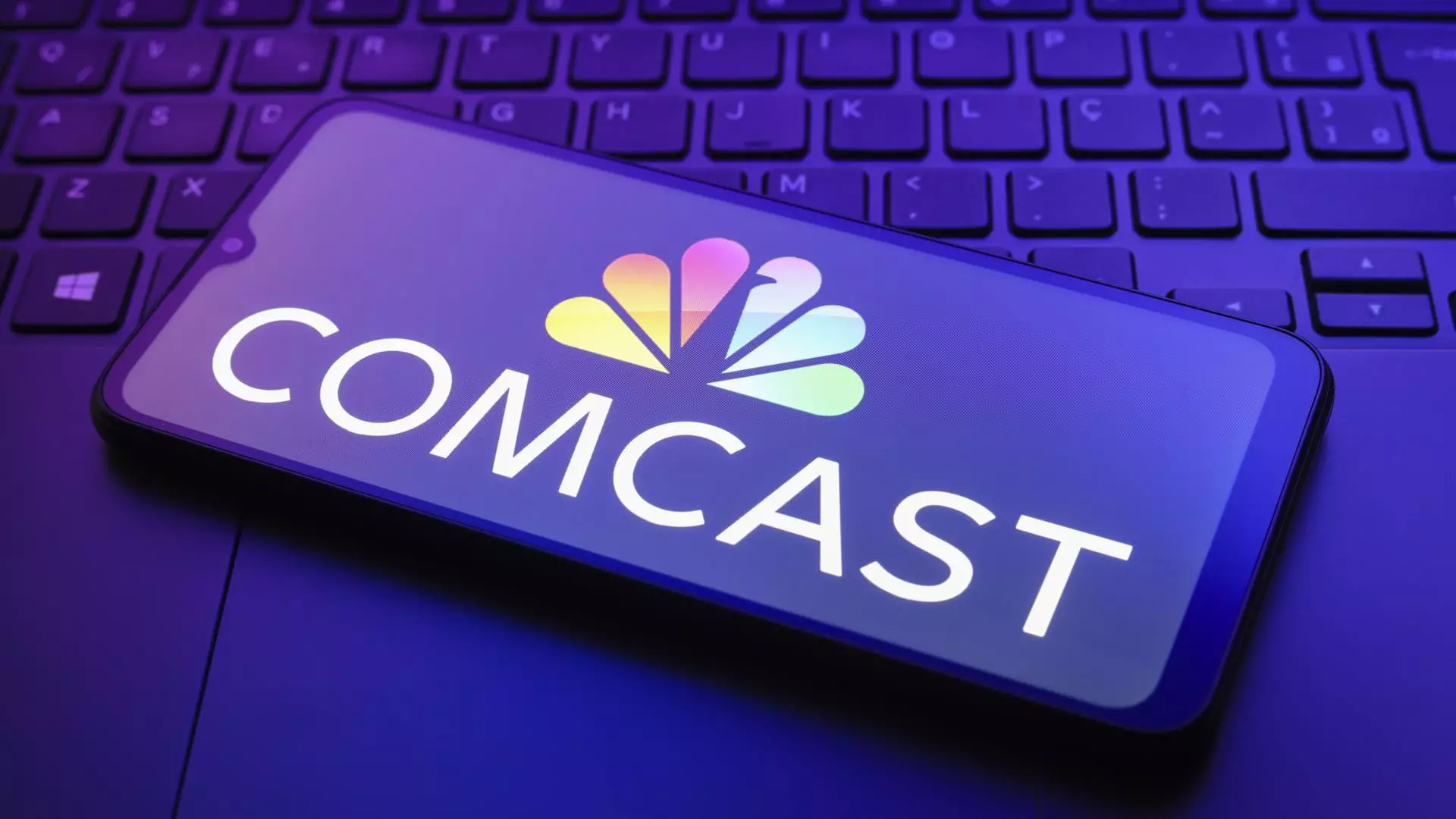In an era marked by rapid transitions within the media landscape, Comcast is poised to challenge the prevailing trends by launching Universal Ads, a new advertising platform adapting traditional media for modern demands. This initiative is a strategic move to attract smaller businesses and shift advertising dollars back towards live streaming and connected TV, away from dominant social media platforms.
Comcast’s forthcoming Universal Ads platform promises a reformed approach to how businesses, especially small and medium enterprises, can acquire ad space on premium video content across various streaming services. This shift is designed to simplify the notoriously labyrinthine ad buying process that has historically plagued advertisers aiming to navigate traditional media. As Mark Marshall, chairman of global advertising and partnerships for NBCUniversal, states, the platform seeks to generate demand among advertisers who have previously felt sidelined from this arena.
While the announcement of Universal Ads coincides with the famous CES tech conference, it carries much more than the allure of tech innovation; it epitomizes a fundamental shift in advertising philosophy. As more advertisers express a desire to diversify their channels beyond a select few tech conglomerates, Comcast is presenting itself as a crucial facilitator of this change.
Universal Ads is not merely an isolated initiative; it is a collaborative effort that seeks to bridge traditional media and modern advertising needs. Comcast’s partnerships with an array of media companies—including NBCUniversal, Xumo, and Warner Bros. Discovery—underscore the platform’s ambition to create a unified front against competing digital-only outlets. By aggregating ad inventory across diverse networks, Universal Ads aims to provide advertisers the flexibility to reach wider audiences through connected TV.
James Rooke, president of Comcast Advertising, emphasized the challenges media players face in acquiring new clients, especially when compared to the simplicity offered by tech giants where ad purchases are concerned. Universal Ads promises to mimic the user experience found on social media platforms while enabling advertisers to leverage the premium content provided by traditional media players.
The competitive landscape looks rather bleak for traditional TV advertising in light of data projected by GroupM. Despite traditional TV’s historical dominance, the advertising revenue generated from purely digital platforms such as YouTube and TikTok is soaring. With an anticipated growth of nearly 10% by 2025, digital platforms are chipping away at the once-unassailable market share of traditional media.
Yet, this changing tide presents an opportunity for Comcast, and Marshall expresses the firm’s ambition to seize a portion of this market share. The potential for Universal Ads to disrupt the status quo hinges on its ability to empower smaller advertisers who have felt alienated by the stringent rules of legacy ad networks.
Recognizing that smaller businesses often struggle to navigate the complexities of ad production, Universal Ads will also provide free, automated artificial intelligence tools to assist these advertisers. This inclusion signifies a broader attempt to democratize advertising access, ultimately allowing smaller entities to compete with bigger brands that have historically dominated TV and streaming ad spaces.
Rooke articulates an urgent need for traditional media to redefine its modus operandi and compete effectively against these digital behemoths. The creation of a self-service platform reflects a significant departure from the norms of traditional ad placements, minimizing complexities for advertisers keen on reaching fresh audiences through innovative channels.
Looking ahead, industry experts believe that while traditional linear television will continue playing a role in advertising, it must converge with streaming to create a holistic experience for advertisers. In a fragmented media landscape where social media algorithms regularly dictate advertising efficacy, Comcast is wisely positioning Universal Ads as a viable alternative.
The resonance of this platform extends beyond mere ad placements. It embodies an evolving understanding of audience connection and engagement—a recognition that audiences venture beyond social media into enriched experiences provided by premium content. Furthermore, the collective efforts to streamline the advertising process across multiple channels indicate an introspective examination of how traditional media can align itself with contemporary consumer behaviors.
Comcast’s Universal Ads platform stands as a pivotal moment in the advertising landscape, heralding a new approach that champions accessibility for smaller businesses. As traditional media seeks to regain footing against an increasingly competitive digital marketplace, the adoption of collaborative strategies and innovative technologies like AI offers a glimpse into a dynamic future where advertising becomes not just a transaction, but a meaningful connection between brands and audiences.


Leave a Reply